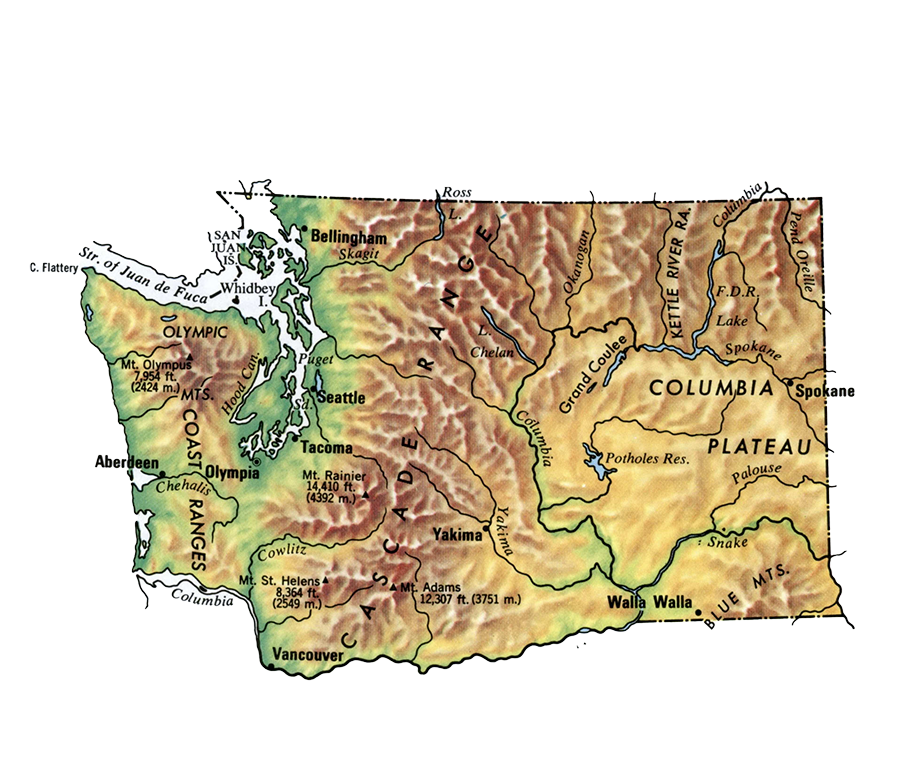Publication
WSAS Annual Report 2019
Letter from the WSAS President
It is my pleasure to provide the 2019 Annual Report of the Washington State Academy of Sciences. Since January 2018,WSAS has significantly increased its impact to the state through funded projects and involvement in meetings and workshops, advanced its visibility with legislators and state agencies, and increased member involvement. WSAS is doing what the founders envisioned 12 years ago, and evidence shows the Academy is on the right path led by the strategy laid out in 2018.
WSAS continues to build our staff by hiring experienced science writers, other expert consultants, and interns to work on specific projects. Their work, along with the guidance and wisdom of past president Anjan Bose, has increased the Academy’s visibility and usefulness.
During the past year, it became clear that the current level of state funding cannot sustain the Academy’s mission. The direct state budget level for core operations has decreased since 2008, while inflation and other real costs have risen substantially over the past 12 years.
To address these issues, the Board focused efforts the past year on increasing direct state funding for the Academy. The immediate goal was to raise direct state funding to support two FTE — the Executive Director and Program Operations Manager — activities of the Board, office costs, travel and additional operational costs. The goal for 2020 is to develop adequate, reliable and sustainable sources of core funding.
Moving forward, the Board will continue to make WSAS the nation’s model state academy dedicated to advising state policymakers. WSAS will continue to develop relationships with state elected officials, legislators, and agency leaders. This will necessarily require more time and effort by both WSAS members and staff. The Academy’s activities will continue to be guided by the 5-year goals and priority actions developed by Board in February 2018:
1. Become the go-to organization in the state for unbiased science and engineering expertise.
2. Achieve a sustained annual funding level of $1 million.
3. Expand WSAS’s network of partnerships and collaborations.
4. Increase staffing to meet state needs both reactively and proactively.
Related Publications
December 9, 2024
November 15, 2023
December 22, 2022


